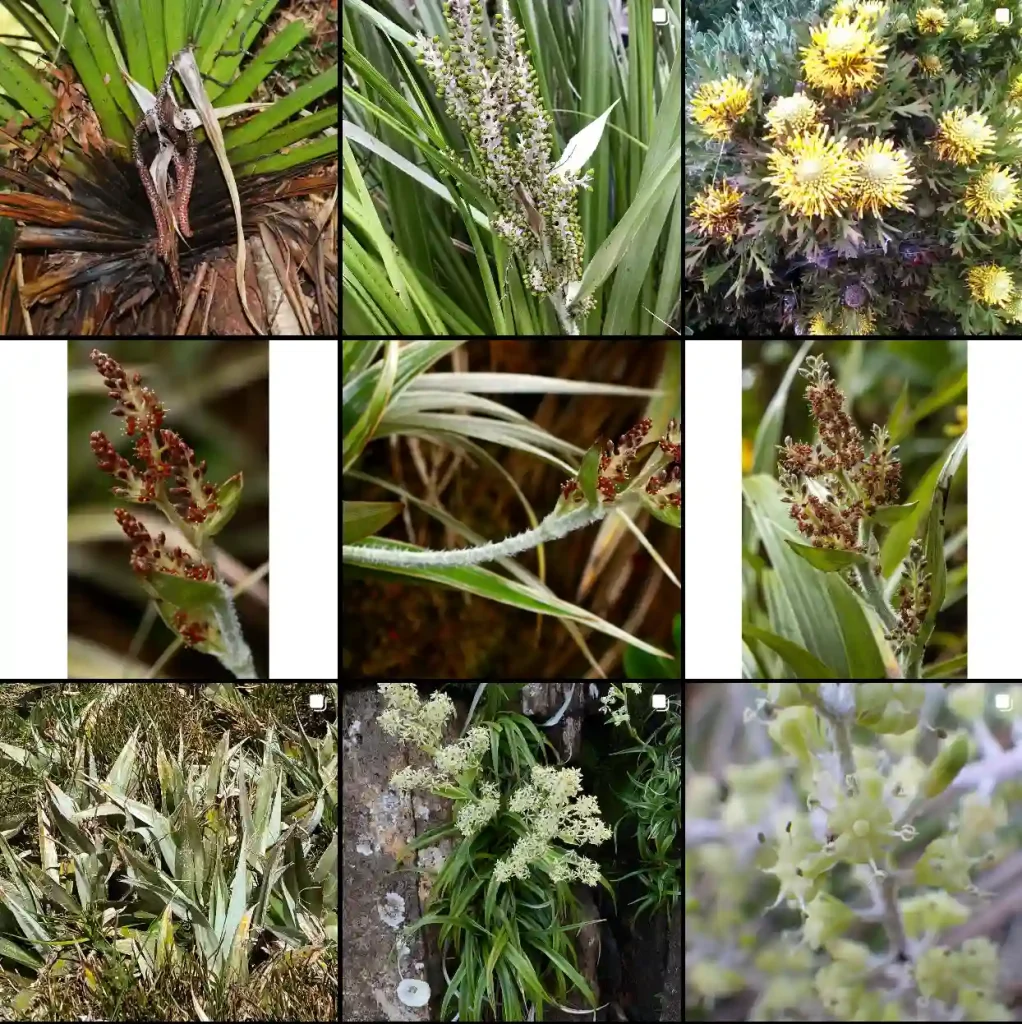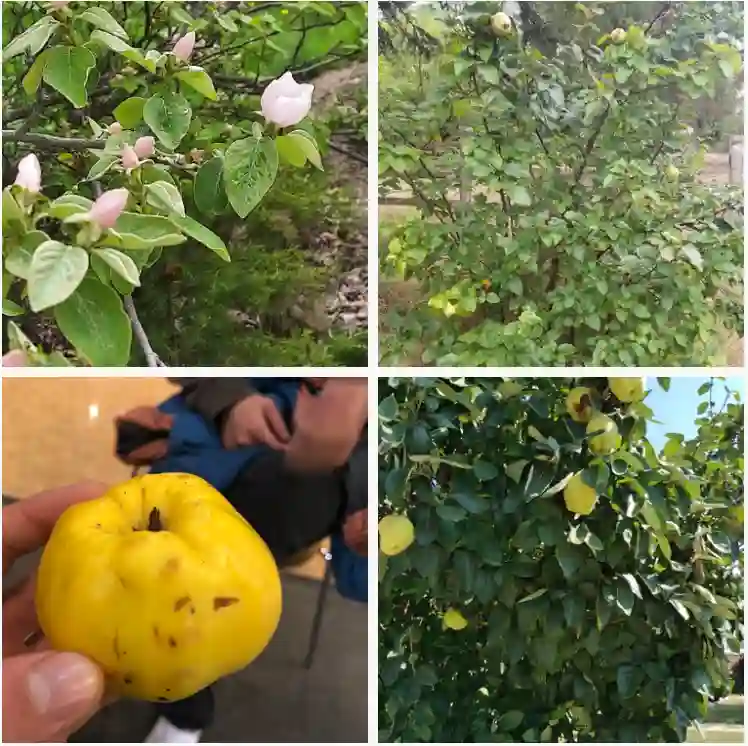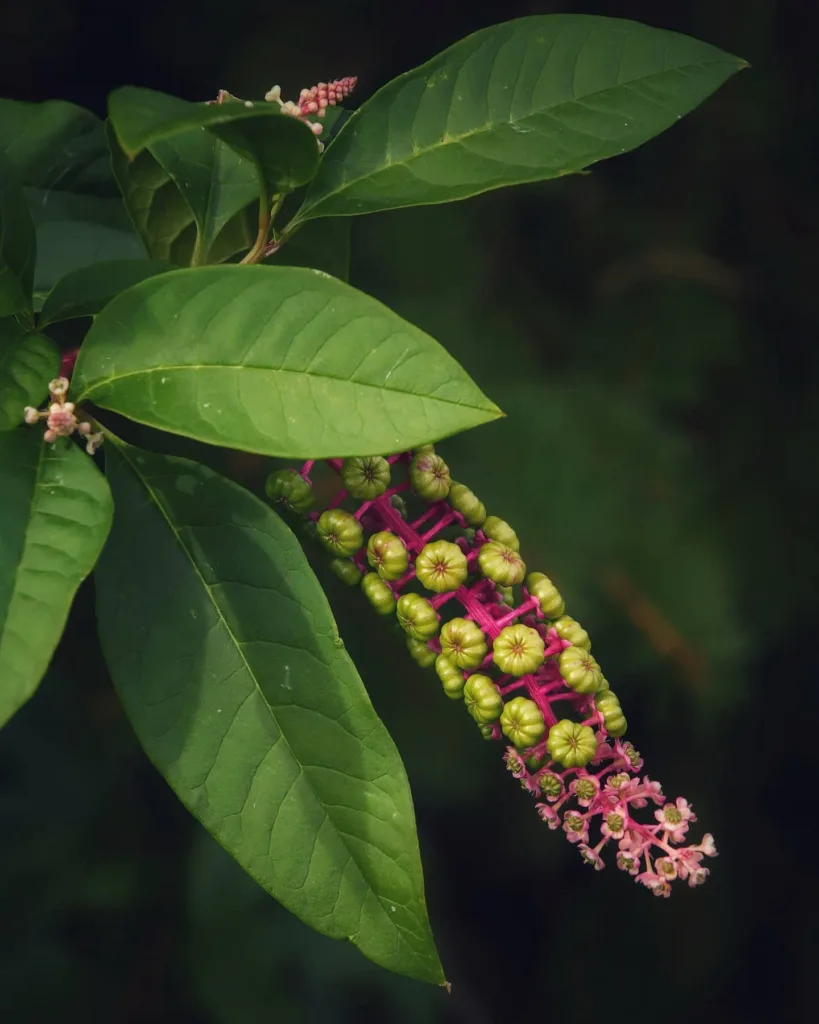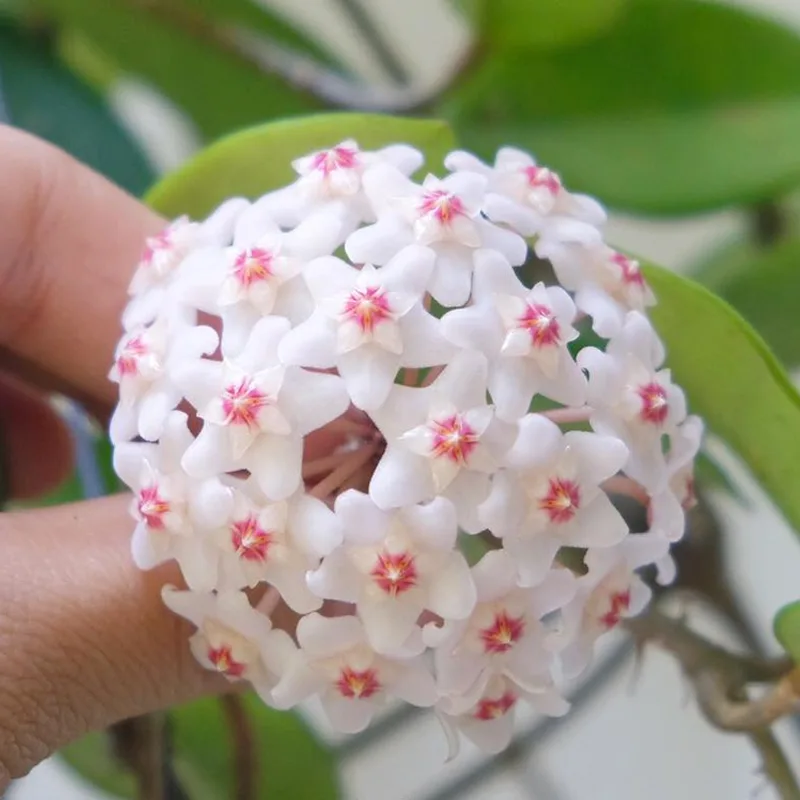FAQs About Piper Ornatum
Piper Ornatum, also known as the Celebes Pepper, is a captivating plant that many plant enthusiasts love for its striking foliage. With its heart-shaped leaves adorned with intricate veining, this plant easily stands out in any collection. Over time, I’ve come to appreciate the beauty and the quirks of Piper Ornatum, so let me share answers to the most frequently asked questions about this stunning plant.
2425 Species in Genus Piper
What is Piper Ornatum?
Piper Ornatum is a member of the Piperaceae family, native to Southeast Asia. Its heart-shaped leaves are the most striking feature, with deep green veins set against silver or dark maroon backgrounds. This climbing or trailing vine can be a showstopper in any indoor garden due to its unique, decorative foliage. Though it’s not as widely known as other Piper species, it’s a great choice for collectors who are looking for something unique.
How to Care for Piper Ornatum?
Caring for Piper Ornatum requires some attention to detail, but it’s not too demanding once you understand its needs:
- Light: It thrives in bright, indirect light. Direct sunlight can scorch its delicate leaves, so placing it near a window with filtered light is ideal.
- Water: Keep the soil consistently moist, but not waterlogged. Overwatering can lead to root rot, so it’s crucial to ensure proper drainage.
- Humidity: As a tropical plant, Piper Ornatum loves humidity. If you live in a dry environment, consider misting the plant or placing a humidifier nearby to maintain the right moisture level.
- Temperature: This plant prefers warmer temperatures, ideally between 65-85°F (18-29°C). Avoid cold drafts or temperatures below 60°F (16°C).
How to Propagate Piper Ornatum?
Propagation is straightforward and can be done through stem cuttings:
- Take a Cutting: Cut a healthy stem with at least two or three nodes.
- Place in Water: Submerge the cuttings in a container of water, making sure the nodes are submerged but the leaves are above water.
- Wait for Roots: Within a couple of weeks, roots will start to form. Once they’re about an inch long, transfer the cutting into soil.
You can also propagate directly in soil by dipping the cut end in rooting hormone and planting it in a pot with a light, well-draining mix.
What Should I Plant With Piper Ornatum?
When choosing companion plants for Piper Ornatum, look for plants with similar care requirements:
- Philodendron: These plants share the same need for humidity and indirect light, making them a good fit.
- Calathea: Another tropical plant, Calathea’s lush foliage pairs well visually with Piper Ornatum.
- Ferns: Ferns thrive in the same humidity levels and can complement Piper Ornatum’s climbing habit by filling lower spaces in your display.
Is Piper Ornatum Toxic?
Yes, Piper Ornatum is toxic to pets and humans if ingested. The leaves contain compounds that can cause gastrointestinal issues if consumed. It’s important to keep it out of reach of curious pets or children.
What Are the Benefits of Growing Piper Ornatum?
One of the main reasons I love growing Piper Ornatum is its aesthetic appeal. Its unusual leaf pattern and texture make it a striking addition to my plant collection. Beyond its beauty, it also helps purify the air, as many plants do, removing toxins and improving indoor air quality.
Additionally, Piper Ornatum is relatively low-maintenance once you get its watering and humidity needs right, making it an ideal plant for those looking to add something exotic to their home without too much fuss.
What Are Common Problems With Piper Ornatum?
Despite its beauty, Piper Ornatum can face a few challenges:
- Yellowing Leaves: This is often a sign of overwatering. Ensure that the soil is well-draining and that the plant isn’t sitting in water.
- Leaf Curling: If the leaves start to curl, it could be due to low humidity. Increasing the humidity around the plant can help restore its health.
- Pests: Keep an eye out for common pests like spider mites and mealybugs, which can infest the plant. Regularly check the undersides of leaves and treat any infestations with insecticidal soap.
How Does Piper Ornatum Compare to Piper Crocatum?
Piper Ornatum is often confused with Piper Crocatum due to their similar leaf shapes and climbing habits. However, there are key differences:
- Leaf Color: Piper Ornatum has silver and maroon veins, whereas Piper Crocatum tends to have more pronounced pink or red hues in its veins.
- Growth Pattern: While both are climbers, Piper Crocatum is generally more robust and vigorous in its growth compared to the somewhat slower-growing Piper Ornatum.
If you’re looking for a more subtle look, Piper Ornatum might be your best bet, but if you want a more colorful foliage display, Piper Crocatum offers a bolder option.
How Do I Handle Winter Care for Piper Ornatum?
During the colder months, Piper Ornatum’s growth can slow down, and it may need less water. It’s crucial to avoid placing the plant near cold drafts or heating vents, as temperature fluctuations can stress the plant. Reducing watering and keeping the humidity up will help it survive the winter months without any issues.
Conclusion
Piper Ornatum is a stunning plant that deserves more recognition in the plant community. From its beautiful heart-shaped leaves to its relatively low maintenance once you understand its needs, it’s a great addition to any plant lover’s collection. Whether you’re propagating it to grow more or just enjoying its decorative beauty, Piper Ornatum is a plant worth having. Just remember to keep it in a humid, warm environment with plenty of indirect light, and you’ll have a happy, thriving plant for years to come!
If i die, water my plants!



